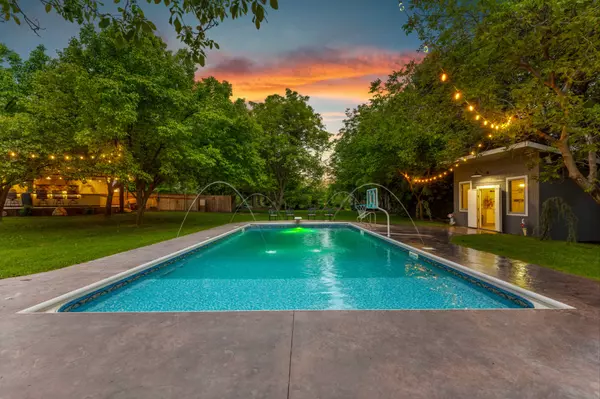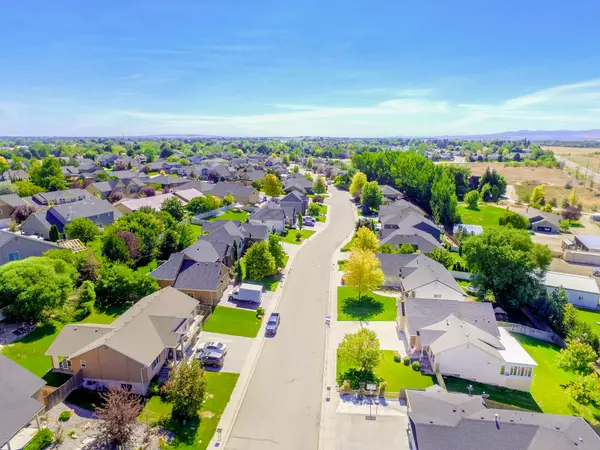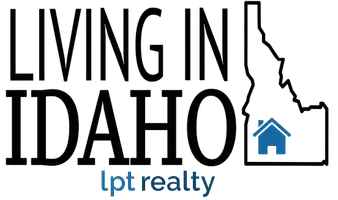How to Use Psychological Pricing to Sell a Home Fast
How to Use Psychological Pricing to Sell a Home Fast
Table of Contents
- Introduction
- What is Psychological Pricing?
- Top Psychological Pricing Strategies for Selling Your Home
- How to Apply Psychological Pricing to Your Home Listing
- Final Thoughts
- FAQs
- Meta Title, Meta Keywords, Meta Description
Introduction
Pricing your home can be one of the trickiest parts of the selling process, but did you know that how you price it can make a massive difference in how quickly it sells? By using psychological pricing strategies, you can influence buyer behavior and create a sense of urgency. In this article, we'll explore how these tactics work and how they can help you sell your home faster.
What is Psychological Pricing?
Psychological pricing is a marketing strategy designed to influence how buyers perceive a price. The goal is to make the price feel more attractive or affordable to potential buyers, even though the difference may be minimal in reality. This subtle art can make a huge difference in how buyers respond to your home's listing price and whether they act quickly or hesitate.
Top Psychological Pricing Strategies for Selling Your Home
Price Anchoring
Price anchoring is a strategy where you set an initial price point to establish a reference for buyers. When potential buyers see your home, the first price they see becomes their mental "anchor," and all subsequent price considerations will be compared to it.
For example:
- If you list your home at $500,000 but quickly offer a reduction to $475,000, buyers will perceive this as a deal, even if $475,000 is what you hoped to get all along.
This can make buyers feel like they are getting a bargain, spurring faster offers.
Charm Pricing

Charm pricing is one of the most well-known psychological pricing strategies. It involves pricing your home just below a round number to make it appear more affordable. This simple tactic can increase buyer interest.
For instance:
- Instead of pricing your home at $400,000, you price it at $399,900. This slight reduction creates the perception of a better deal, even though the difference is marginal.
This works because buyers' brains process prices left to right, meaning they focus more on the first number. Seeing “399” instead of “400” can make your home feel more accessible to potential buyers.
Precise Pricing

Surprisingly, precise pricing (e.g., $473,500 instead of $470,000) can have a powerful psychological impact. Research shows that people tend to trust precise numbers more than round numbers because they appear more calculated and thoughtful.
Precise pricing makes it seem like you’ve done your research and arrived at a fair market value, which can make potential buyers feel more comfortable with your asking price.
Appeal to Buyer Perception
You can also adjust your pricing strategy to match buyer perceptions of value in the neighborhood or home category. For example, if your home is in an upscale area with homes priced between $490,000 and $510,000, listing your home at $505,000 can create the perception that it belongs in that high-value tier. However, making a strategic reduction just below $500,000 ($499,900) can also attract more buyers who are on the fence or browsing within a specific budget.

How to Apply Psychological Pricing to Your Home Listing
Now that you understand the psychology behind pricing, let’s look at how you can apply these tactics when listing your home.
- Research Comparable Homes: Start by analyzing recently sold homes in your area to get an idea of where to set your anchor price. Use tools like the Living in Idaho Market Snapshot to gain valuable insights.
- Set a Strategic Anchor Price: Consider setting your home's listing price slightly higher than your target, with the intention of making buyers feel they’re getting a deal when you reduce it.
- Use Charm Pricing: When pricing your home, think about using the “99” effect. For instance, list your home at $349,900 instead of $350,000. This tactic can be especially effective when buyers search using filters on real estate platforms, as they may see your home under lower price thresholds.
- Go Precise for Credibility: If you’ve done thorough research and have a specific value in mind, go with precise pricing like $474,650 instead of rounding to $475,000. This creates an impression of market accuracy.
- Create Urgency: Once you’ve set your price, consider limited-time offers or small reductions to create urgency. The idea is to give potential buyers a reason to act quickly, thinking they’re getting a limited deal.
Final Thoughts
Psychological pricing is a powerful tool that can make a significant difference in how potential buyers perceive the value of your home. By employing strategies like charm pricing, price anchoring, and precise pricing, you can make your home more attractive and sell it faster.
Need help determining the right price for your home? At Living in Idaho, we use advanced tools and local expertise to help you strategically price your home. Get a free valuation today by using our Instant Home Valuation Tool.
FAQs
What is the best pricing strategy for a fast home sale?
The most effective strategy often involves charm pricing combined with price anchoring. Start by listing slightly higher, then drop the price just under a significant threshold (e.g., $399,900 instead of $400,000) to make buyers feel they are getting a deal.
Does precise pricing really work?
Yes, research shows that precise pricing (e.g., $479,300 instead of $480,000) makes the price feel more accurate and researched, increasing buyer trust.
How do I know if my home is priced correctly?
Using local tools like our Market Snapshot can help you determine if your home is priced competitively in your market.
Can lowering the price too much hurt my chances of selling?
Yes, underpricing can sometimes signal that something is wrong with the property. It’s important to use strategic reductions and not drop the price too drastically.
Categories
Recent Posts










Leave a Reply


